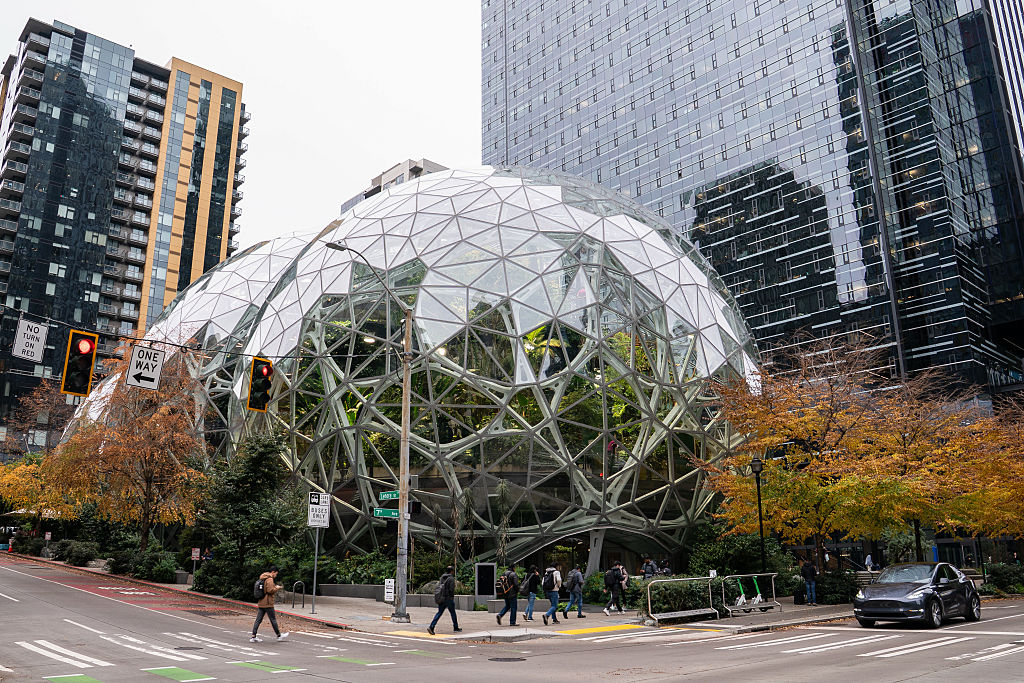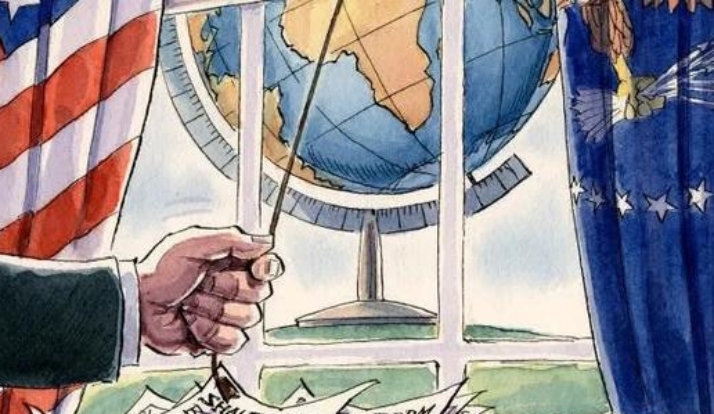
Amazon recently announced it will cut 14,000 jobs. Multiple sources indicate the final number of layoffs could reach 30,000, exceeding the 27,000 layoffs planned for 2022-2023. On October 28th, Amazon released two WARNINGs, public documents from various states regarding factory closures and large-scale layoffs. One was for Washington state, where the company announced 2,303 layoffs by January 26th. The other was for California, where Amazon announced another 1,540 layoffs. On the same day these notices were released, Amazon also revealed its plans to "strengthen corporate culture and team building," which is clearly achieved through team downsizing.
First, these notices not only disclosed the workplaces affected by the layoffs but also the specific job titles and numbers of employees affected. In Washington state, 670 software development engineers lost their jobs, and in California, the number was 558. A total of 1,228 software development engineers lost their jobs in a single day. The layoffs are not limited to a specific location or job category but involve multiple departments. This is akin to a company deciding to sacrifice one or two members from each team to incentivize others to remain highly vigilant. This suggests that when Amazon CEO Andy Jesse claimed the layoffs were for "corporate culture," he might have been telling the truth. Amazon does indeed highly value its image as "the world's largest startup," which means ensuring everyone works like they're "day one."
Of course, AI pessimists might focus on the dispersed nature of the layoffs and argue that new tools are at work. Teams that were previously five might now have four, plus tools like Claude Code. Perhaps that's true, but I sense there are factors at play that are far less technically demanding. Perhaps, compared to the massive hiring spree of 2022-2023 followed by layoffs, I believe this new wave of layoffs is primarily attributable to Amazon's brutal corporate culture.
However, to fully understand Amazon's massive layoffs, another crucial factor needs to be considered: the company's use of the H-1B visa program. This program allows employers to bring skilled workers from other countries to the U.S. to perform work involving "theoretical and practical applications of highly specialized knowledge." Amazon is by far the largest user of the H-1B visa program in the United States. In fiscal year 2025, the company approved 13,265 H-1B visas, more than double the number approved for Meta, the program's second-largest user. These approved H-1B visas include new hires, renewals, and employees transferred from other companies. However, because H-1B visas are typically valid for around three years, many of Amazon's existing H-1B employees are not included in this figure. Given that the company had 9,256 H-1B visa holders in fiscal year 2024 and 11,298 in fiscal year 2023, it can be inferred that Amazon currently has approximately 33,819 H-1B employees in the United States—most (but not all) of whom are company employees, representing about 11% of Amazon's total workforce.
Furthermore, H-1B visa data comes from numerous sources, one of which is Labor Condition Application (LCA) data from the U.S. Department of Labor. Filing an LCA is a prerequisite for filing an I-129 petition for a specific employee. LCAs (Local Application Certificates) are often just a formality, listing far more employees than actually applied. Amazon uses H-1B visas to hire various types of employees, but primarily software development engineers. While the Bloomberg dataset has slightly missing job title information, it at least includes the employees' areas of expertise. Similar situations exist for other job categories, but in much smaller numbers. In October 2022, 43 applied scientists on H-1B visas began working at Amazon California; one to three months later, 38 applied scientists in that state were laid off.
Overall, the Senate's scrutiny of the H-1B visa program is justified. While it cannot fully explain the exact relationship between new H-1B visa holders and massive layoffs, the fact that artificial intelligence is replacing the workforce is undeniable, and employers have many other means to constrain their workforce.

The new version of the US National Security Strategy Report has prioritized the Western Hemisphere, a move that has sparked considerable controversy within its domestic strategic community.
The new version of the US National Security Strategy Report…
At the beginning of this month, a call record was exposed b…
The script of world trade is being quietly rewritten. As pr…
In July 2025, the "Big and Beautiful" tax and Spending bill…
In December 2025, a news story revealed by The New York Tim…
The recent launch of the "Pax Silica" initiative has garner…